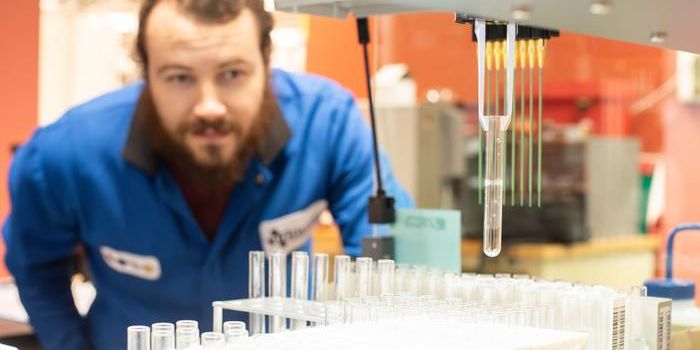Geek Out This Halloween with Fake Blood Chemistry
The Halloween is not the same without horror blockbusters. If there is one consistent theme throughout all horror films, it is blood, usually copious amount of blood. But how do filmmakers produce realistic looking fake blood, which is also cheap and safe?
What gives the real blood its signature opaque red color? Red blood cells the main contributor to the redness. Within the cells, there is a type of oxygen-carrying protein known as hemoglobin. It has small chelating molecules called the hemes, which bind ions and help to transport oxygen. The chemical bonds that hold oxygen and heme together dictate the brightness of the red color in blood. The higher the oxygen content, the brighter the red. It is why the blood in the arteries (oxygenated blood transported out of the heart) looks brighter than that in the vein (deoxygenated blood sent back to the heart).
Several physical factors, including the viscosity, opacity, and color, determine the look of fake blood. Earliest attempt dates back to 1910s. The Grand Guignol Theater in Paris, France is known for their controversial use of violence, and the fake blood in their performance. The folks from the playhouse mixed equal part of carmines and glycerol and heated up the mixture Looking bright red and viscous, it makes the first ever realistic looking fake blood. Carmine is a dye made from the dried bodies of the female cochineal, a scale insect and plant parasite native to tropical and subtropical South America as well as Mexico and the state of Arizona. Glycerol is a colorless, odorless, viscous liquid that is sweet-tasting and non-toxic. It is widely used in the food industry as a sweetener and humectant and in pharmaceutical formulations.
In the later versions of this recipe, methylcellulose was often added as a thickening agent. It is a hydrophilic white powder derived from cellulose. Like cellulose, it is not digestible, not toxic, and not an allergen. And it dissolves in cold water, forming a clear thick gel.
Although the above recipe works magic in the color production, it lacks contrast when shot in black and white films. That was why in his 1960 masterpiece Psycho, Alfred Hitchcock famously used chocolate syrup instead. In 1968 The Night of The Living Dead director George Romero followed suit.
But looking realistic sometimes just does not cut it, when the scenes require actors to drink “blood”. Therefore a recipe of safely consumable blood was wanted. In the 1963 slasher Blood Feast, director Herschelle Gordon Lewis mixed a red dye with a diarrheal drug known as Kaopectate to make his version of fake blood. Kaopectate was made of kaolinite an adsorbent and pectin an emollient.
Into the 1980s, food coloring, and corn syrup took off as the main ingredients in the making realistic looking blood. For example, the Evil Dead director Sam Raimi came up with his recipe that consists of 6 pints of corn syrup, 1 pint of non-dairy creamer, 1 pint of red food coloring and one drop of blue food coloring. This ingestible and inexpensive mixture turns out to be one of the most budget-friendly for later horror movies creators.
For those interested in DIY this Halloween, follow the video. You might just find your family and friends loving (or horrified by) your bloody creation.
The Chemistry of Hollywood Bloodbaths. Credit: ACSReactions
Source: ACS








